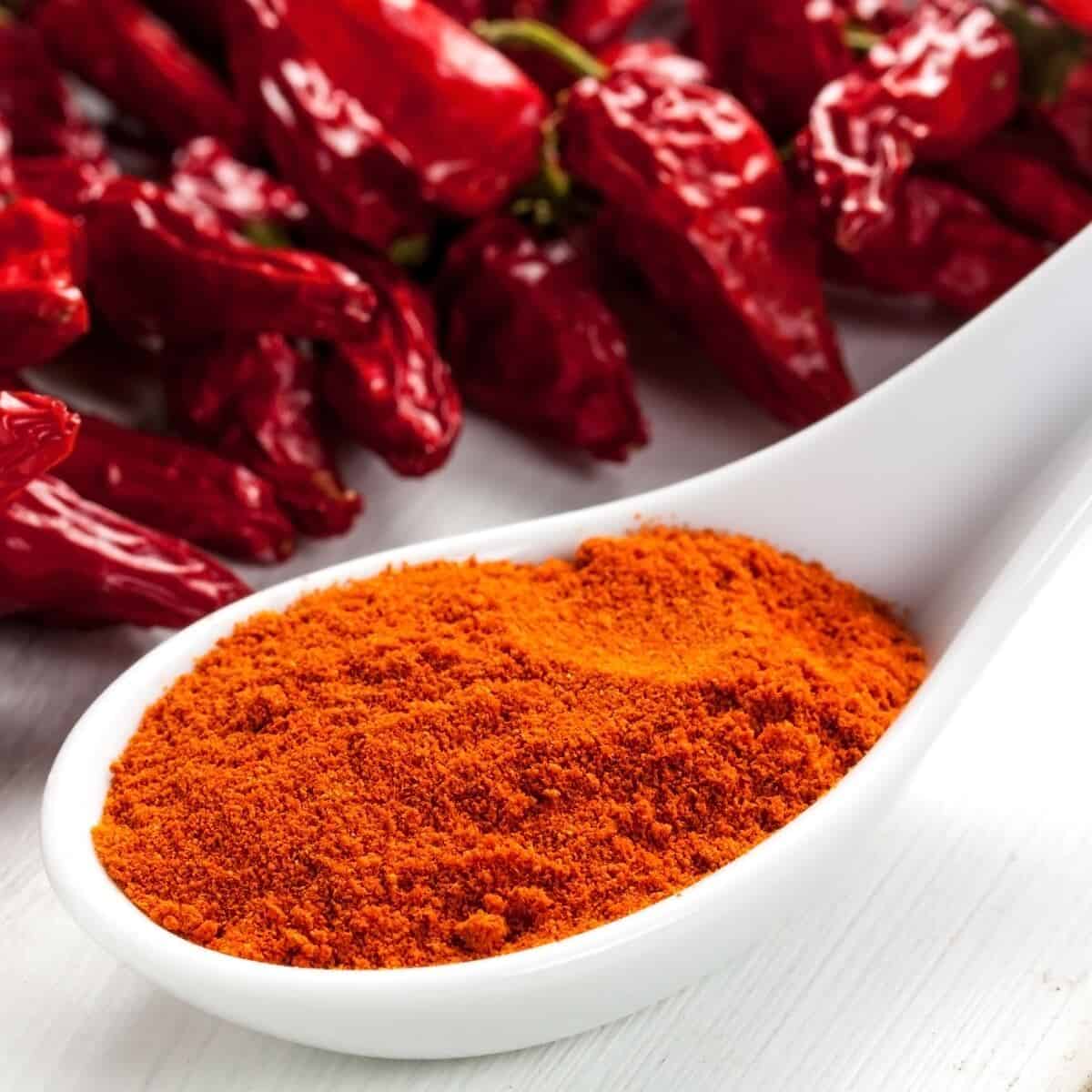- No. 268 Xianghe Street, Economic Development Zone of Xingtai city, Hebei 054001 China
- Byron@hbhongri.cn
dried pepper flakes
The Journey of Dried Pepper Flakes A Flavorful Delight
Dried pepper flakes are a staple spice in kitchens around the world, cherished for their ability to add warmth, depth, and complexity to a wide variety of dishes. Made from crushed dried chili peppers, these flakes are not only versatile but also bring a depth of flavor that can transform everyday meals into culinary masterpieces. In this article, we explore the journey of dried pepper flakes, from their origins to their culinary applications and health benefits.
Origins and Production
The use of chili peppers can be traced back to ancient civilizations in the Americas, where they were cultivated for both culinary and medicinal purposes. With the Columbian Exchange in the late 15th century, chili peppers spread across the globe, gaining popularity in various cuisines. Dried pepper flakes are typically produced from various types of chili peppers, including red pepper, cayenne, and crushed red pepper, each bringing its unique flavor profile.
The production process begins with harvesting the peppers at their peak ripeness. Once harvested, the peppers are washed and then dried through various methods, such as air-drying, sun-drying, or using dehydrators. After the drying process, the peppers are crushed to create the familiar flakes. Depending on the type of pepper used, the heat level (measured in Scoville units) can range from mild to extremely hot, providing options for every palate.
Culinary Applications
Dried pepper flakes are exceptionally versatile and can enhance countless dishes. They can be sprinkled on pizzas for an added kick, mixed into pasta sauces to provide depth, or incorporated into marinades for grilled meats. Additionally, they can be used to spice up soups, stews, and even vegetables. Their ability to infuse a dish with both heat and flavor has made them a beloved ingredient in various global cuisines.
dried pepper flakes

In Mediterranean cuisine, for instance, crushed red pepper flakes are often paired with olive oil and served as a dipping sauce for bread or drizzled over pasta. In Southeast Asian dishes, they elevate stir-fries and curries, accentuating the natural flavors of the ingredients. Furthermore, many people enjoy adding a pinch of dried pepper flakes to their morning eggs or avocado toast for a spicy breakfast twist.
Health Benefits
In addition to their culinary allure, dried pepper flakes also offer several health benefits. They contain capsaicin, the compound responsible for the heat, which has been linked to various health advantages, including improved metabolism and reduced inflammation. Some studies suggest that capsaicin may aid in weight management by increasing fat burning and reducing appetite.
Moreover, dried pepper flakes are rich in vitamins A, C, and E, essential for maintaining a healthy immune system and promoting skin health. Their antioxidant properties combat oxidative stress in the body, contributing to overall well-being.
Conclusion
Dried pepper flakes are more than just a spice; they are a culinary treasure with a rich history. From their origins in ancient civilizations to their modern-day applications, these flakes have stood the test of time. Their versatility in cooking, combined with their health benefits, makes them an invaluable addition to any kitchen. So next time you reach for that jar of dried pepper flakes, remember the journey that led to its creation and the myriad of flavors it can unleash.
-
Turmeric Rhizome Powder: A Golden Treasure from Roots to TableNewsJul.28,2025
-
The Versatile Application Of Crushed Red Hot Peppers: Lighting Up The Red Flames On The Dining TableNewsJul.28,2025
-
The Paprika: A Touch Of Vibrant Red In Color, Flavor, And CultureNewsJul.28,2025
-
Ground Turmeric: A Modern Examination of an Ancient SpiceNewsJul.28,2025
-
Capsicum Liquid Extract: Features, Applications, and ChallengesNewsJul.28,2025
-
Application of Capsicum Liquid Extract in FoodNewsJul.28,2025







